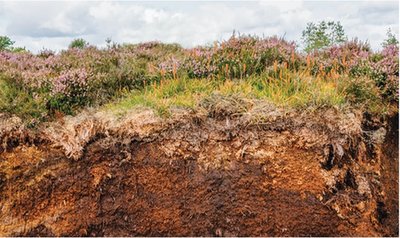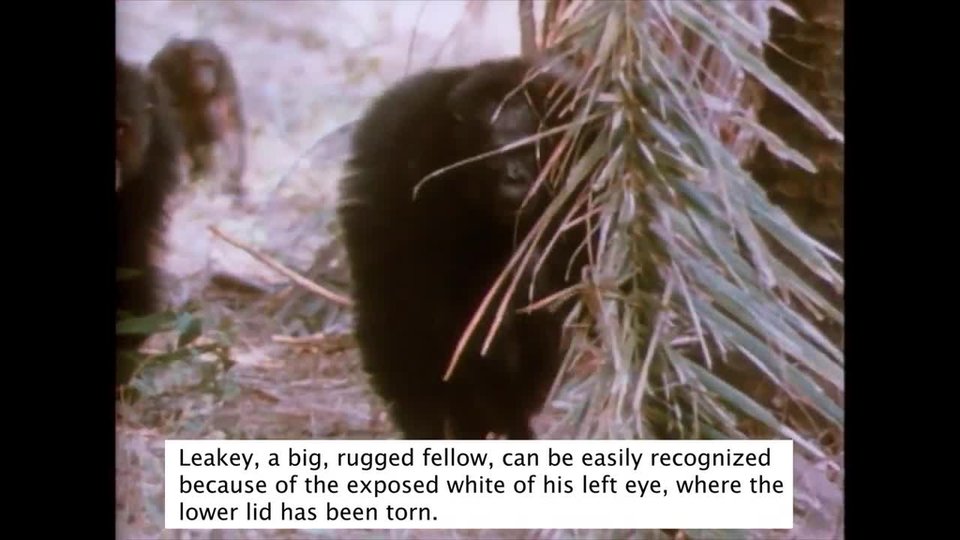Carbon
Sources
releasecarbonintothe air.
Carbon
Sinks
holdcarbonandkeepitfromenteringthe air.
Carbondioxide (CO2) isagasintheatmosphereandisvitaltolifeonEarth.Yet,toomuchcarbondioxideintheaircanbeharmfultotheplanet.Whatamountisjustright?Itdependsonthebalancebetweencarbonsourcesandcarbon sinks.











fires
volcanic
eruptions
CARBON SOURCES(CO2)
burningfossil fuels
animal respiration
storingofcarbonbyplantson land
storing ofcarbon
byplantsin water
deepoceansediment
decompositionof animalwaste
anddeadanimalsand plants
formationof fossil fuels
(suchaspeat,coal,and oil)
CARBON SINKS
TooMuchCarbon
Sometimes,morecarbonisreleasedthanabsorbed.Thenthereistoomuchcarbonintheair.ThisaffectshowenergyfromthesunisabsorbedonEarth.Whenpeatisburned,itbecomesacarbonsource.Thentheclimatemaybecome warmer.
TheRoleofWetlands
Wetlands,likebogs,coverasmallpartoftheplanet.Yet,theirabilitytostorecarbonpacksabigpunch.Wetlandsalsofilterleavesandanimalwastefromthewater.Thesethingsholdcarbon.Astheygetburied,thecarbonislocked away.

Irishpeatistakentobeburnedinpowerplants.Peatreleasesmorecarbondioxidethan coal.

ThisIrishbogformedoverthousandsof years.
